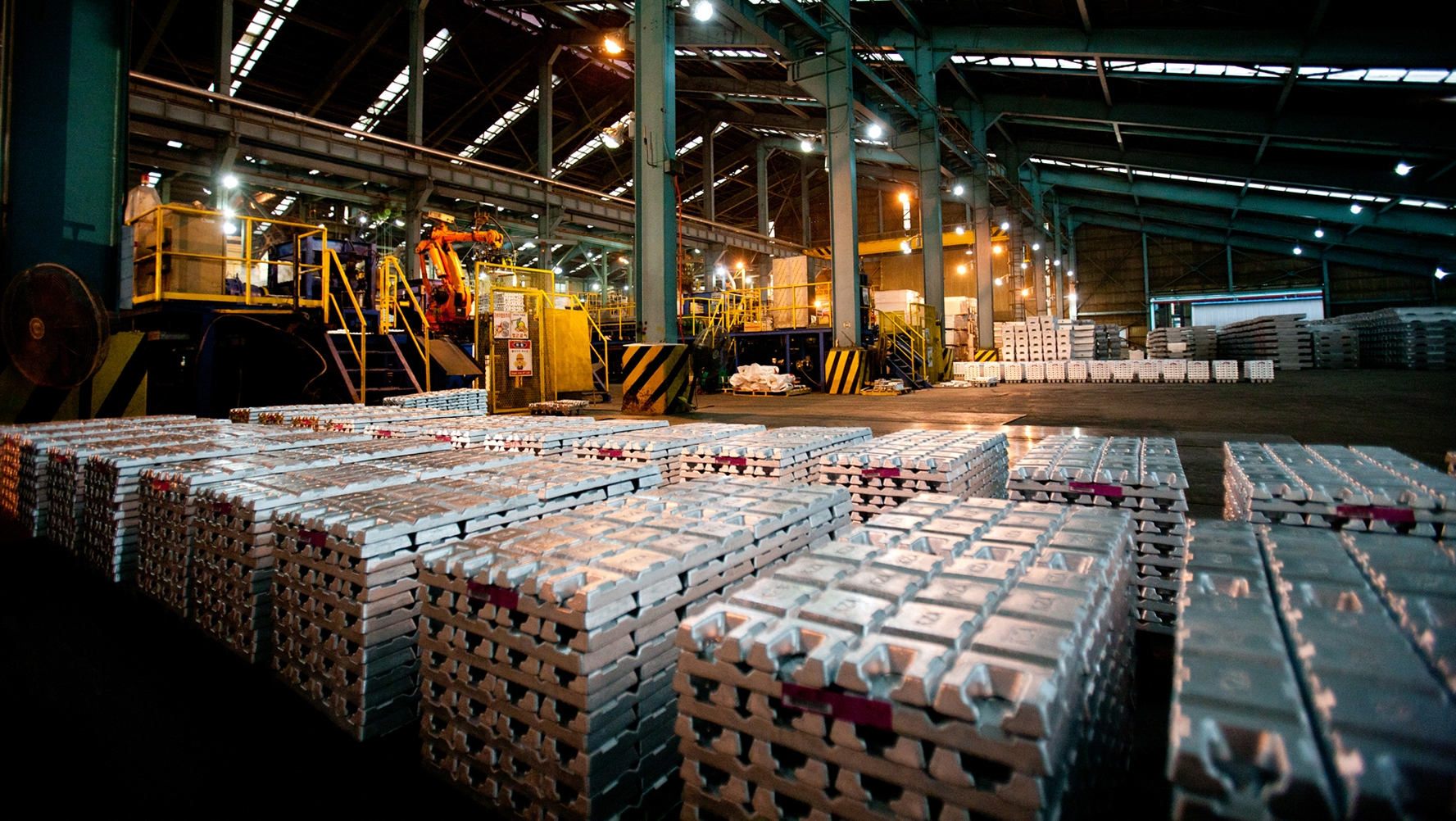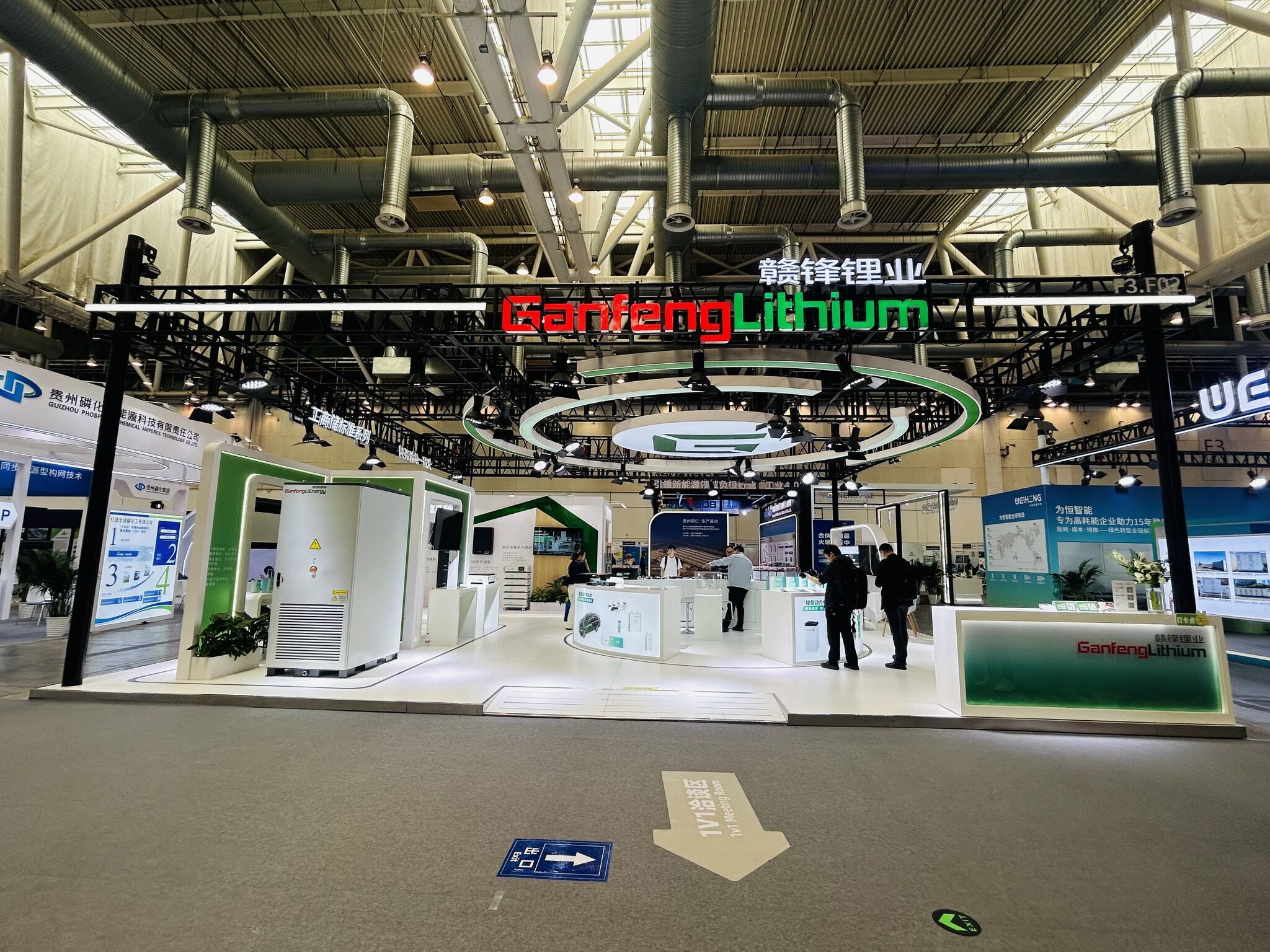Iron ore price surges
The “inexorable decline” in price of iron ore came to an abrupt halt on Monday with the steelmaking raw material surging 3% thanks to restocking by top consumer China ahead of new year holidays.
The 62% Fe benchmark import price including freight and insurance at the port of Tianjin tracked by The SteelIndex added $1.80 or 2.8% to $65.10 a tonne on Monday.
It was the fourth day in a row of gains and the highest level in more than three weeks. After falling to a fresh-five-and-half year low of $61.10 early February, iron ore has clawed back more than 6%.
The Monday advance in the iron ore price tracked by Metal Bulletin was even more pronounced, with the MBIOI-62 at the port of Qingdao jumping $2.09 a tonne or more than 3% to $65.28.
Sam Walsh, CEO of Rio Tinto, said last week during a conference call to discuss the company’s 2014 financial results that as much as 165 million tonnes of output could exit the market this year:
“We estimate that 80 million mt of iron ore will come out this year; beyond that 80 million mt/year there is another 85 million mt at risk,” Walsh said
“We’re not saying the 85 million mt will definitely come off, but they are higher-cost producers and they will have to drastically reduce their costs,” he added.
Last year Walsh went on record as saying roughly 125 million tonnes of supply was flushed out of the market in 2014. Nearly 70% of the reduced output was as a result of high-cost Chinese miners halting operations.
This year it would be different Walsh contends: the bulk of closures won’t be inside China, but among the ranks of international miners “already hanging on by their fingernails”.
State-owned Swedish iron ore producer LKAB became the latest victim of the low iron ore price on Friday announcing it will cut 400 jobs following a collapse in profitability during the fourth quarter 2014.
Andy Xie, a closely-followed independent economist based in Shanghai, said last week prices could decline to between $30 – $40 a tonne because only then Chinese mines “will be forced to give up.”
The country’s domestic miners produce some 350 million – 400 million tonnes a year on a 62% Fe-basis. Around one-third of the many small mines struggling with low iron ore content (average close to 20%) have costs per tonne of more than $100.
These producers have been able to hang on because a large number are owned by steel companies or are located very close to steel plants making mine closure at these vertically-integrated operations a last resort.
In addition the desire to preserve employment and regional revenues in China’s provinces often helps to sustain loss-making industries for some time and there is considerable scope for consolidation and rationalization which could help drive down costs.
More News
Energy storage boom strengthens demand outlook for beaten-down lithium
January 04, 2026 | 05:54 pm
Korea Zinc revises share issuance for US smelter to $1.94 billion
January 04, 2026 | 11:55 am
{{ commodity.name }}
{{ post.title }}
{{ post.date }}







Comments